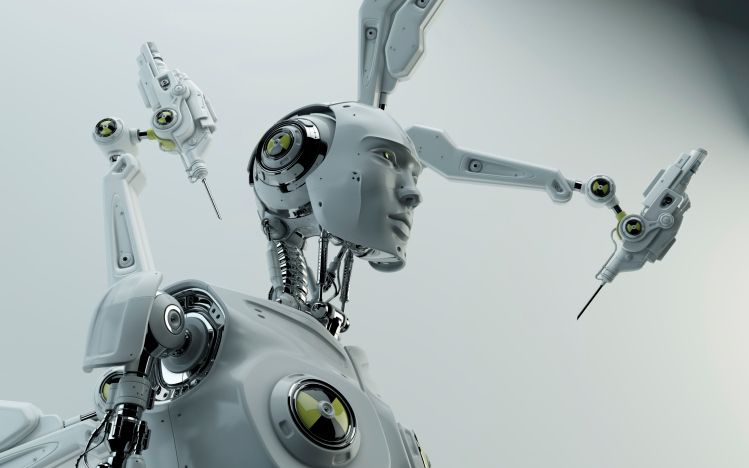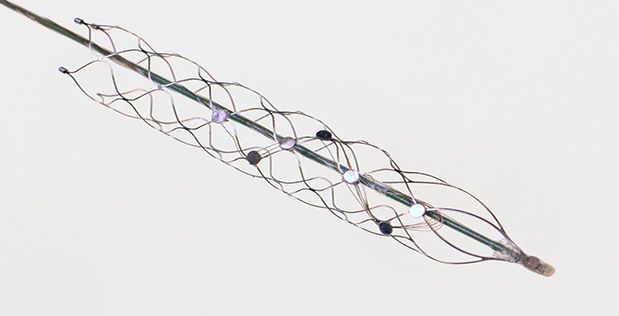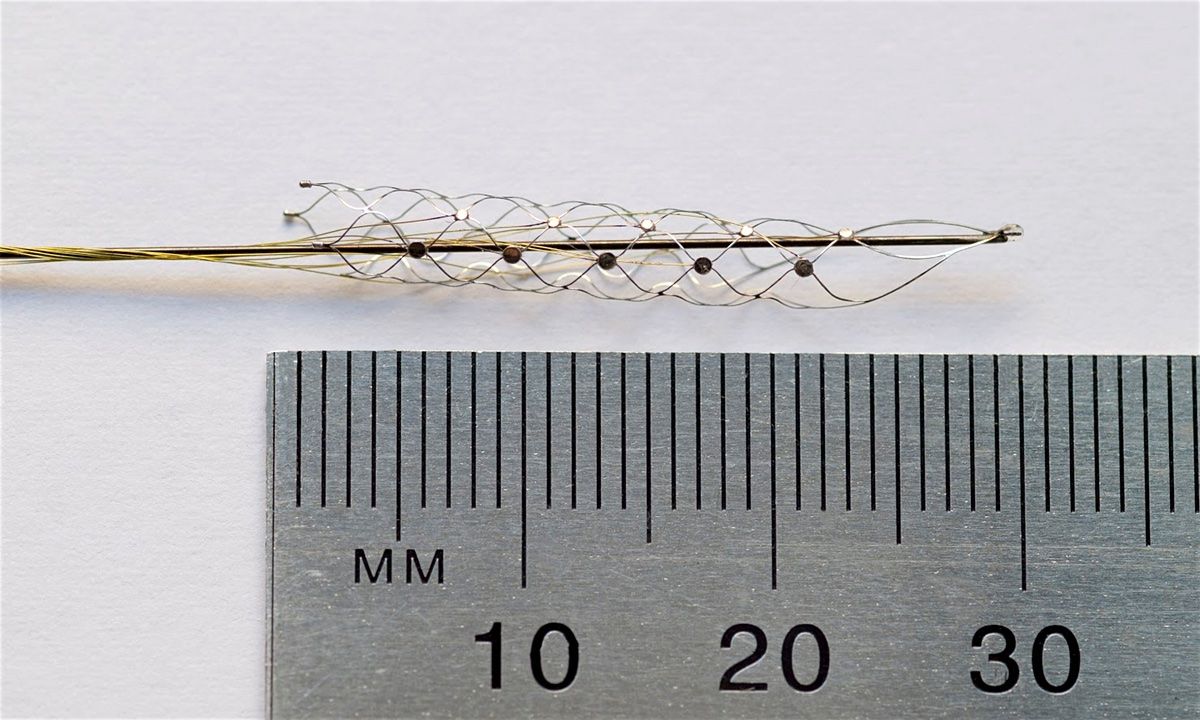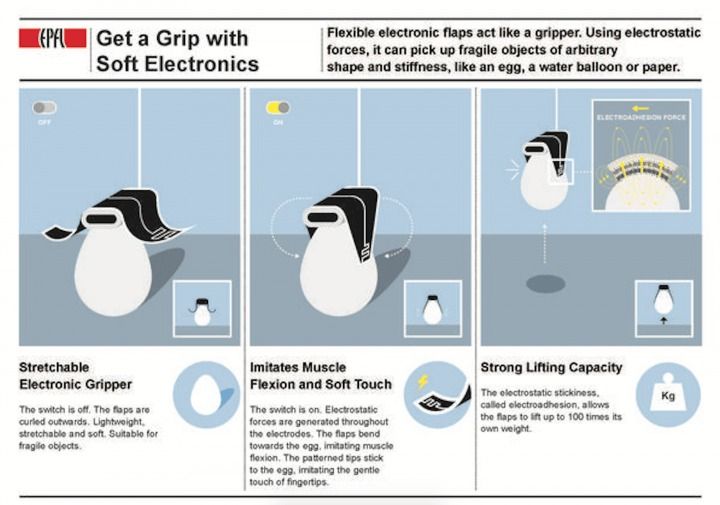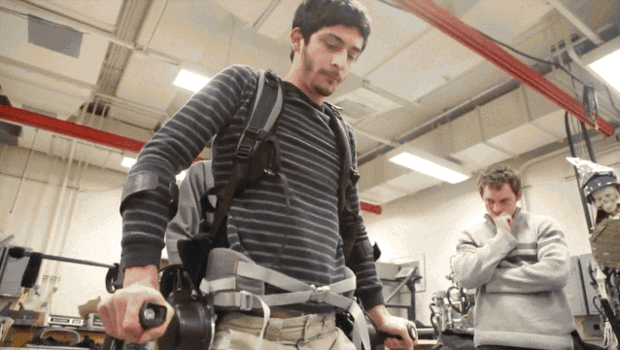Cool new story and video on transhumanism:
SANTA CLARA (CBS SF) –During Super Bowl 50, the world saw the Denver Broncos throttle the Carolina Panthers. The game’s MVP Von Miller dominated Cam Newton in a display of super human strength and skill.
You may not know it, but a growing number of engineers, biohackers and entrepreneurs hopes one day we’ll all be super human as well.
A bionic eye may not that far away.
“We will be able to see 100 miles with sheer accuracy we’re going to be able to see germs on each other’s bodies,” exclaimed futurist Zoltan Istvan.
